Amplification is a little like the process of association mentioned earlier. Amplification is looking at the images that you create and are surrounded by, amplifying them to their furthest range of archetypes and associating them with parallels from other areas of the humanities (religion, literature, etc.). It can be described as a form of creative imagination or guided imagination (guided by awareness of archetypes and shadow).
Amplification is a necessary process for individuation because when we are in the throes of a certain archetype or shadow or anima/animus image, we don’t know it (otherwise, we wouldn’t be at its mercy). 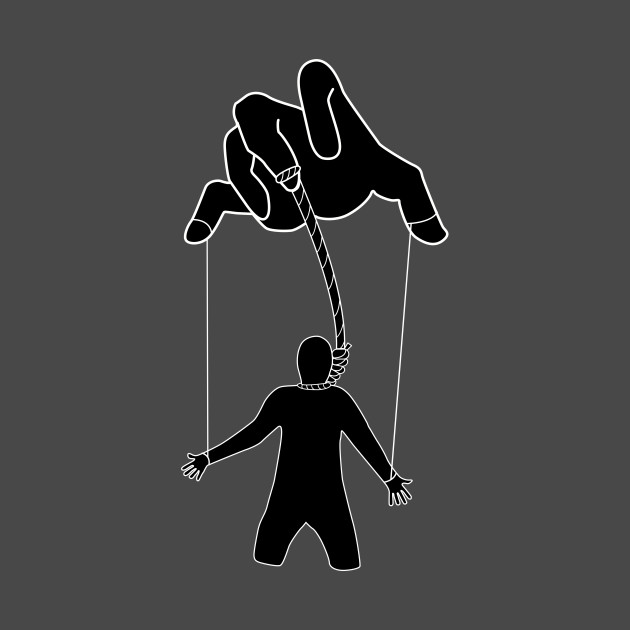 But by amplifying the images in our dreams and imagination and words, we can “figure out” what is going on psychically in our lives.
But by amplifying the images in our dreams and imagination and words, we can “figure out” what is going on psychically in our lives.
Amplification can help make sense of something that seems important to the self in its everyday life by showing how it relates to more universal patterns and stories (archetypes). Thus, it can help you see likely outcomes and possible courses of action. 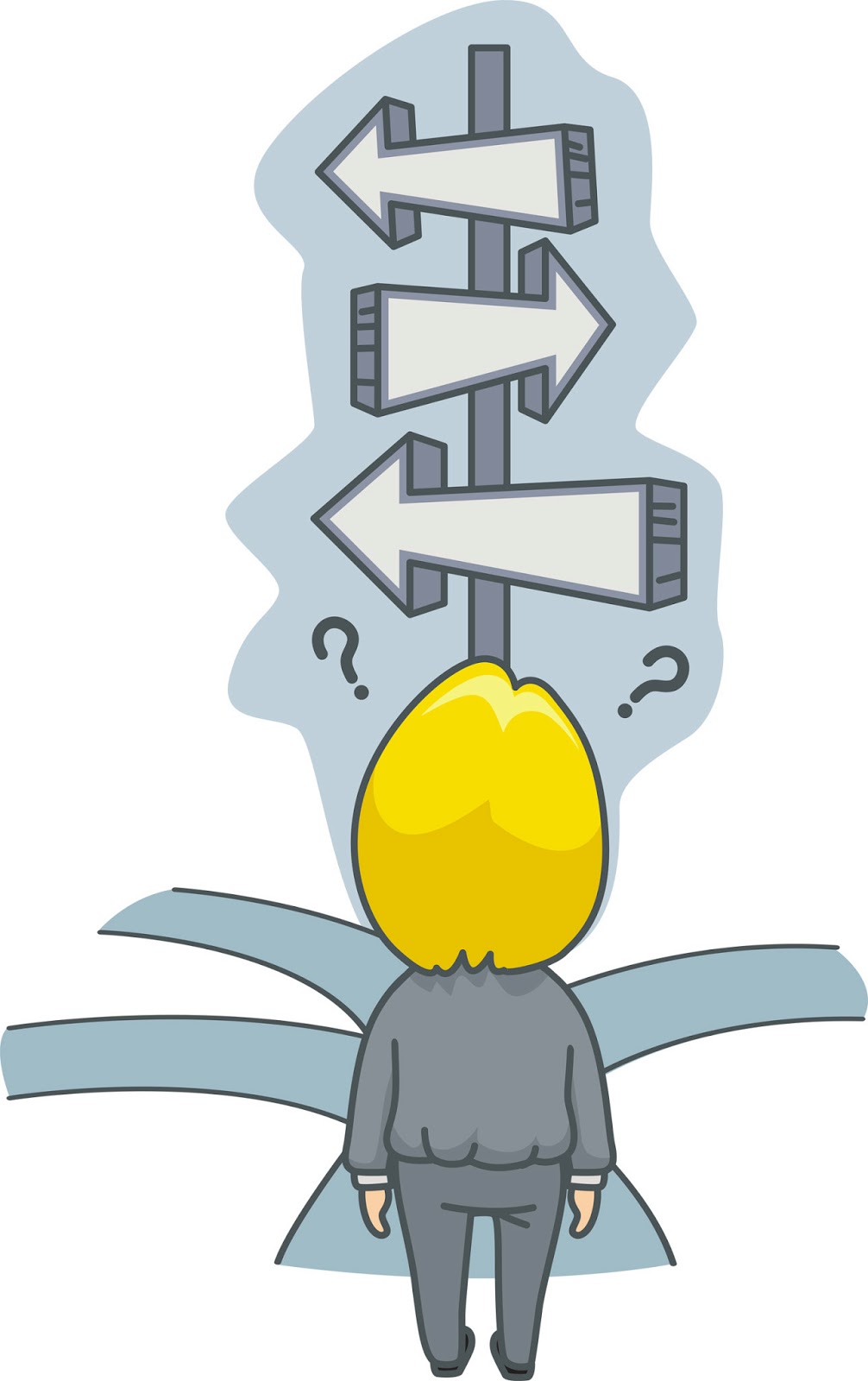
Once we see what is going on with us psychically, we can react accordingly. We do not always want to dismiss or counteract what has a hold of us. Some archetypes help us get through life’s difficulties by providing a model for how we should behave. Some elements of the shadow can be sources of great creativity and energy. But we do need to be aware of them so we are not “hijacked” by them.
An example of using amplification off the top of my head:
You’re talking to a friend and you say, “This morning I woke up and turned off my alarm rabbit.” You might look at what you associate with the rabbit. What gods are personified as rabbits. What attributes do rabbits have? What are other words for rabbit? What are other images like rabbits? What are famous rabbit images?
There is a famous trompe l’oeil trick of the eye drawing depending on how you look at it it’s either a rabbit ears or a ducks beak. 
So maybe the Jungian slip of rabbit is meant to take you to duck. Maybe it is meant to show you that time, like the rabbit duck image, can change depending on how you look at it. Or maybe it was just your subconscious warning you not to be late,  like the rabbit in Alice in Wonderland. Are you worried about being late to a specific appointment that week? Or late to doing something to save your marriage? Or late to writing that Great American Novel you were always planning to write?
like the rabbit in Alice in Wonderland. Are you worried about being late to a specific appointment that week? Or late to doing something to save your marriage? Or late to writing that Great American Novel you were always planning to write?  By starting with a seemingly trivial image from your daily life, amplification can help you learn what the psyche/soul is really worried about.
By starting with a seemingly trivial image from your daily life, amplification can help you learn what the psyche/soul is really worried about.

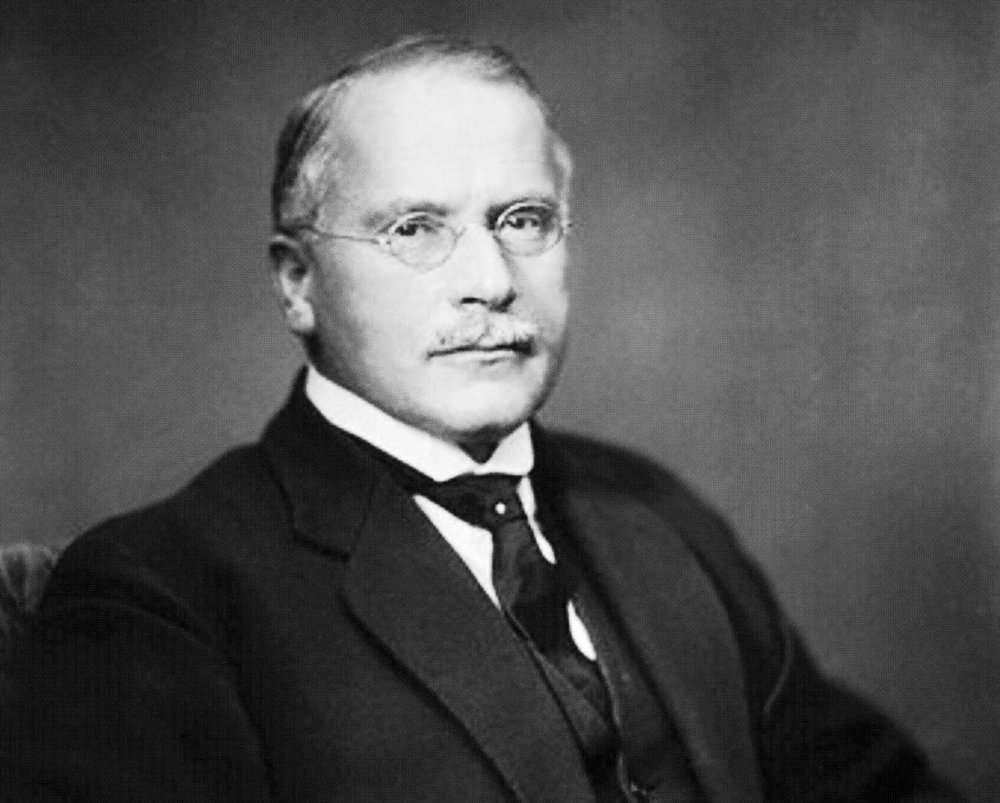
 . Meaning: there is something else at work in humans than mere day-to-day concerns. Some universal unconscious aspect (I’ll call it here “a need for spirituality”) drove many people in Chartres for hundreds of years to come together to build a place of worship more magnificent than any business or home.
. Meaning: there is something else at work in humans than mere day-to-day concerns. Some universal unconscious aspect (I’ll call it here “a need for spirituality”) drove many people in Chartres for hundreds of years to come together to build a place of worship more magnificent than any business or home.
 Archetypes are collective; “the effects they produce” are individual (according to Jung). So how can we show that they exist and what they are?
Archetypes are collective; “the effects they produce” are individual (according to Jung). So how can we show that they exist and what they are? The chicks stopped peeping. The archetype of that predator bird’s shadow was inside each chick at birth, and it set off the behavior of being quiet so as not to be discovered and preyed upon. This image had been passed down because it was important for the animal to survive that the image be in the animals’ brain/mind to touch off the proper behavior when the experience arose. This to me is one of the best examples of both how archetypes act and proof that they exist.
The chicks stopped peeping. The archetype of that predator bird’s shadow was inside each chick at birth, and it set off the behavior of being quiet so as not to be discovered and preyed upon. This image had been passed down because it was important for the animal to survive that the image be in the animals’ brain/mind to touch off the proper behavior when the experience arose. This to me is one of the best examples of both how archetypes act and proof that they exist. 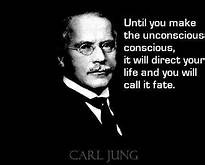
 But Jung’s own definition went on to clarify, “If it has been believed hitherto that the human shadow was the source of evil, it can now be ascertained on closer investigation that … shadow does not consist only of morally reprehensible tendencies, but also displays a number of good qualities ” [CW9 paras 422 & 423].1 One of his most famous students, Maria Louise von Franz, cited a woman Jungian therapist who worked with some of the hardest criminals in jail and found that their shadows were incredibly positive.
But Jung’s own definition went on to clarify, “If it has been believed hitherto that the human shadow was the source of evil, it can now be ascertained on closer investigation that … shadow does not consist only of morally reprehensible tendencies, but also displays a number of good qualities ” [CW9 paras 422 & 423].1 One of his most famous students, Maria Louise von Franz, cited a woman Jungian therapist who worked with some of the hardest criminals in jail and found that their shadows were incredibly positive. 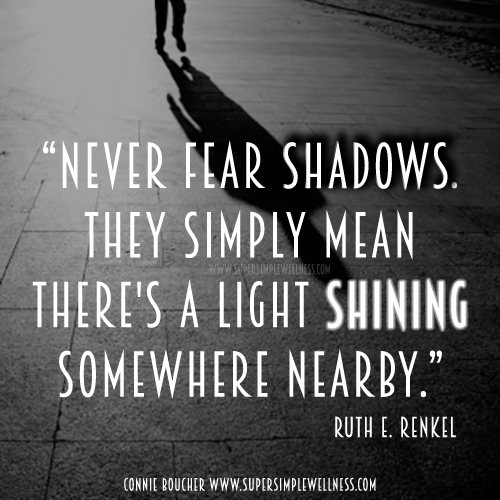
 or a negatively charged particle in physics
or a negatively charged particle in physics  . Negative for him was a scientific term and not a judgment. It was negative in that it was not lived out or processed. It would be no truer with these words to say that everything one actually did in real life was positive in the sense of good. It is merely positive in the sense of being manifest like the positive image of a photographic negative: it has been brought to light.
. Negative for him was a scientific term and not a judgment. It was negative in that it was not lived out or processed. It would be no truer with these words to say that everything one actually did in real life was positive in the sense of good. It is merely positive in the sense of being manifest like the positive image of a photographic negative: it has been brought to light.
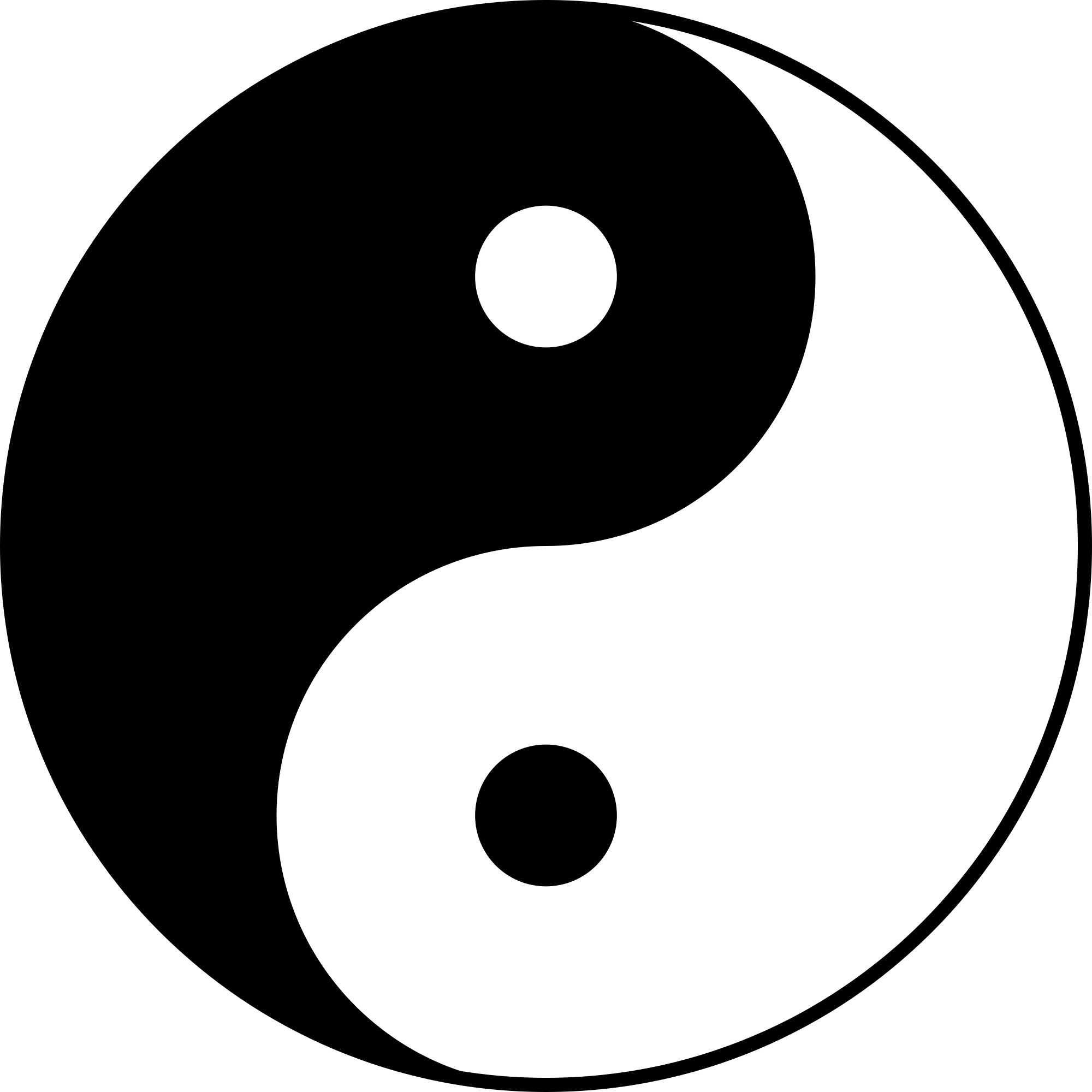
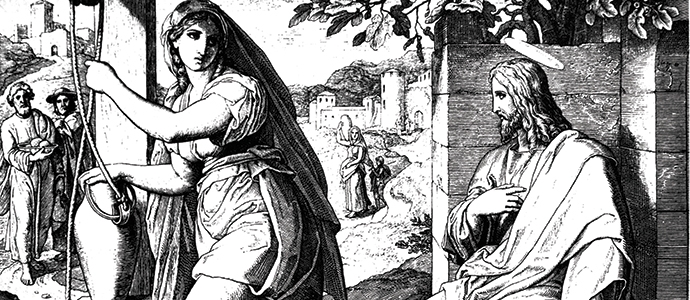


 At that time in the therapy session, Jung noticed an insect banging against the window. When he opened the window, Jung found it was a green beetle. He presented it to the woman and said, “There is your green beetle.” It was a way for her psyche to let her know that there were things going on that could not be explained by her rational side.
At that time in the therapy session, Jung noticed an insect banging against the window. When he opened the window, Jung found it was a green beetle. He presented it to the woman and said, “There is your green beetle.” It was a way for her psyche to let her know that there were things going on that could not be explained by her rational side.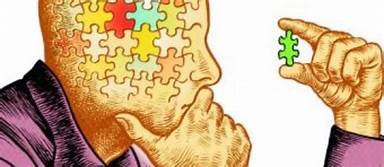
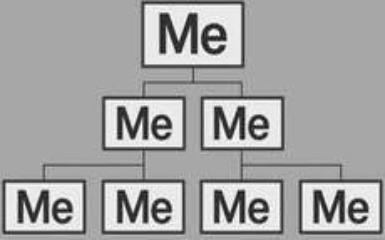 Individuation demands incorporating parts of your psyche you don’t want to admit are there: the shadow. Also, knowing the archetypes that you are living out teaches you about your individuality and thus helps you individuate. As John Beebe says in the intro to The Essential Jung, “although human psyches, like human bodies, share a basic structure, the individual psyche is ‘an endlessly varied recombination of age-old components’.” Learning your specific recombination is individuation.
Individuation demands incorporating parts of your psyche you don’t want to admit are there: the shadow. Also, knowing the archetypes that you are living out teaches you about your individuality and thus helps you individuate. As John Beebe says in the intro to The Essential Jung, “although human psyches, like human bodies, share a basic structure, the individual psyche is ‘an endlessly varied recombination of age-old components’.” Learning your specific recombination is individuation. 
 But by amplifying the images in our dreams and imagination and words, we can “figure out” what is going on psychically in our lives.
But by amplifying the images in our dreams and imagination and words, we can “figure out” what is going on psychically in our lives.

 like the rabbit in Alice in Wonderland. Are you worried about being late to a specific appointment that week? Or late to doing something to save your marriage? Or late to writing that Great American Novel you were always planning to write?
like the rabbit in Alice in Wonderland. Are you worried about being late to a specific appointment that week? Or late to doing something to save your marriage? Or late to writing that Great American Novel you were always planning to write?  By starting with a seemingly trivial image from your daily life, amplification can help you learn what the psyche/soul is really worried about.
By starting with a seemingly trivial image from your daily life, amplification can help you learn what the psyche/soul is really worried about.